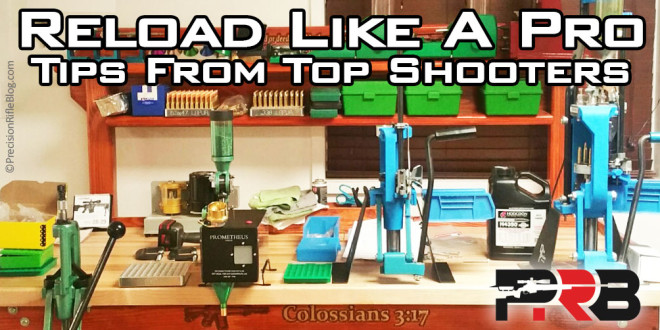OK, Let me tell you what I'm doing, Then I would like to hear some tips to improve our accuracy. My 11yo and 9yo are shooting a match that is scored more like a benchrest or Fclass match. 500 yard and 750 yards. In that points are awarded for more center hits on a steel plate. I'm trying to find out what I can do to build better ammo to do the job to the best of our abilities.
Currently shooting a 23" barreled 6mm Dasher 1:7.5 twist on Impact action suppressed. Have to shoot prone off a bipod, we have a Harris. Currently running 105 Hybrids over Varget at 2915. Accuracy node is more important to me than speed. Top distance at the moment is 750yards.
Lapua brass- I don't anneal, overall what is my benefit here?
105 Hybrids- Will custom bullets like Vapor trails or Barts Bullets help much? I don't measure and sort my bullets (I've already ordered some and got on list to try)
I hand weigh every charge on a tuned OHAUS. Not sure what else I can do here.
Match rounds I try to sort by feel of resistance when seating bullet.
I don't have a very good chrono. I chrono and then tweak in my Ballistic APP. (I'm assuming this could really help by finding lower SD's)
Things I've thought of-
Cleaning inside of necks (I've heard steel wool, graphite)?
Moly coating bullets?
Custom bullets?
Different style bullet, flat base. Not sure what I'll lose in the wind here with BC. I know I've read of some Benchrest guys not shooting Boattails
Neck turning, I really don't want to do this if possible.
Sorting brass, I currently don't
Trying different primers? I currently use CCI 450's
Thanks for any advice.
Currently shooting a 23" barreled 6mm Dasher 1:7.5 twist on Impact action suppressed. Have to shoot prone off a bipod, we have a Harris. Currently running 105 Hybrids over Varget at 2915. Accuracy node is more important to me than speed. Top distance at the moment is 750yards.
Lapua brass- I don't anneal, overall what is my benefit here?
105 Hybrids- Will custom bullets like Vapor trails or Barts Bullets help much? I don't measure and sort my bullets (I've already ordered some and got on list to try)
I hand weigh every charge on a tuned OHAUS. Not sure what else I can do here.
Match rounds I try to sort by feel of resistance when seating bullet.
I don't have a very good chrono. I chrono and then tweak in my Ballistic APP. (I'm assuming this could really help by finding lower SD's)
Things I've thought of-
Cleaning inside of necks (I've heard steel wool, graphite)?
Moly coating bullets?
Custom bullets?
Different style bullet, flat base. Not sure what I'll lose in the wind here with BC. I know I've read of some Benchrest guys not shooting Boattails
Neck turning, I really don't want to do this if possible.
Sorting brass, I currently don't
Trying different primers? I currently use CCI 450's
Thanks for any advice.


